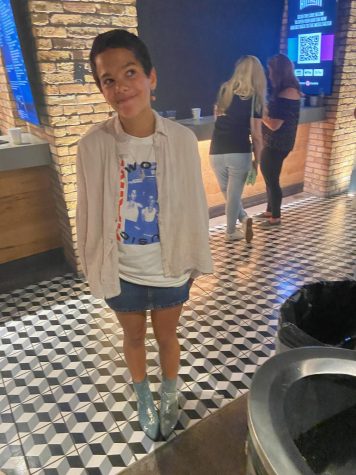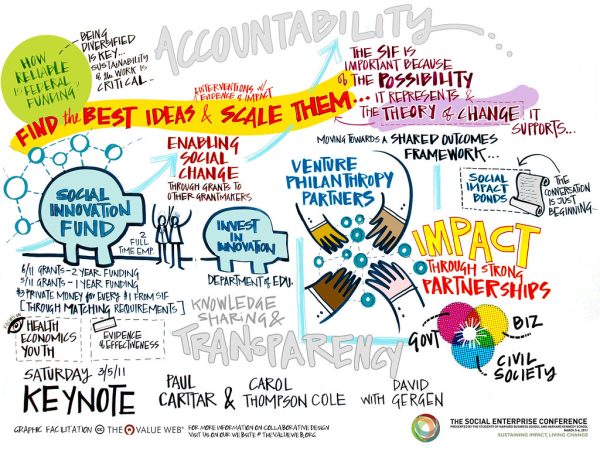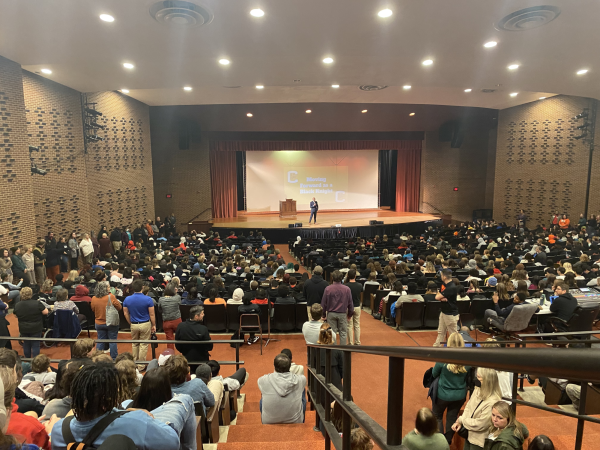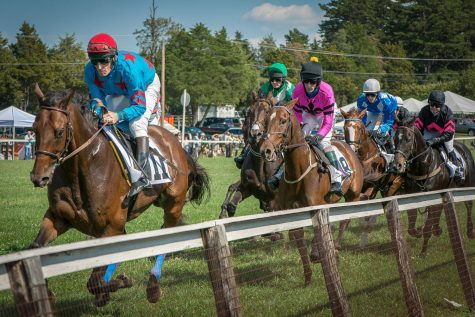Just Keep Walking: Why We Do and Do Not Walk
October 13, 2022
‘I’m going for a walk now.’
It’s an odd statement when you put into perspective the thousands of years humanity spent walking because it was the only option. When it isn’t a necessity, walking becomes something either forced upon or chosen by someone, when for ages it just was the way of travel.
Walking has evolved now into a platform for both social life and exercise, far different from its original purpose. Even with the trends of ‘hot girl walks’ and increased awareness of walking’s health benefits, people do not walk nearly as much as they used to, because they do not have to.
So when do we walk? When there is no other option. As Charlottesville City Schools have experienced limits on bus drivers, more students have walked to school. When student athletes experience injury they find themselves limited to their body’s basic and original form of movement. In the busyness of homework and sports and social lives, walking becomes an almost laughable thought, something not worthy of our time.
I became forced to walk after a severe back injury my freshman year. I could do virtually nothing- no running, jumping, sports, and even sitting became painful and angering. So I turned to walking: 3 to 4 miles a day, alone, with people, listening to podcasts, music, or nothing on the days of lost headphones. It was frustrating at first, because my mind’s constant thought was “we are moving so slow!”. Over the course of two years, however, it became a ritual for me. A walk to clear my head, a walk to release anxious energy, a walk to catch up with my friend, a walk simply for the purpose of walking.
Walking became most essential for me, however, in processing challenging times. As I struggled with anxiety, something outrageously common among teenagers now, walks provided me with the opportunity to access my feelings without becoming too overwhelmed. Walking is repetitive, rhythmic, and soothing, and I found it calmed my body without my intending it to.
“Ultimately, dual awareness is a tool designed to establish that the present is safe and trauma-free – a time when success is possible and failure is not the end of the world,” says Maggie Fazeli, health writer for Experience Life.
Fazeli goes on to explain how traumatic events burrow themselves in our brain, making them hard to access. The simple act of walking provides a solution: it gives the body enough rhythmic movement to stay engaged and present without fear of danger, while allowing the mind to access memories that may be scary or triggering. Trauma alters the structure of our brains; walking helps us reshape them. I felt the effects of this as hours of walking provided my mind the space to wander freely and without consequence. And subconsciously, my mind did travel to those dark and anxiety filled areas, but in a safe and danger free space.
Over time I have thought of walking as a practice, and it has become more and more sacred to me. I choose to walk through woods rather than roads, in silence rather than with music. The more time you spend caring for yourself in slow, concentrated ways, the more you come to know and understand yourself. Working through emotional, physical, and mental challenges was painful and draining for me, and is still something I struggle with today. But forcing myself to return to the practice I know I love, one that is safe and comforting to me, has begun an incredible healing process.
Teenagers go through so much. Be it the day to day stresses of classes, homework, home life, or friendships, the mental challenges we face every day are real. The things we value in our lives like athleticism, intelligence, relationships, and status can all be taken away suddenly, which is something many teenagers have already experienced.
Whether it is general anxiety or severe trauma, each teenage brain has challenges to work through, and walking itself is a steady process of healing and meditation everyone has access to. It can be difficult because it is slow, time consuming, or just boring. But we must remember our bodies are designed for movement, and by training ourselves back into the practice of walking, a practice we are long out of tune with, we can reshape our minds.















